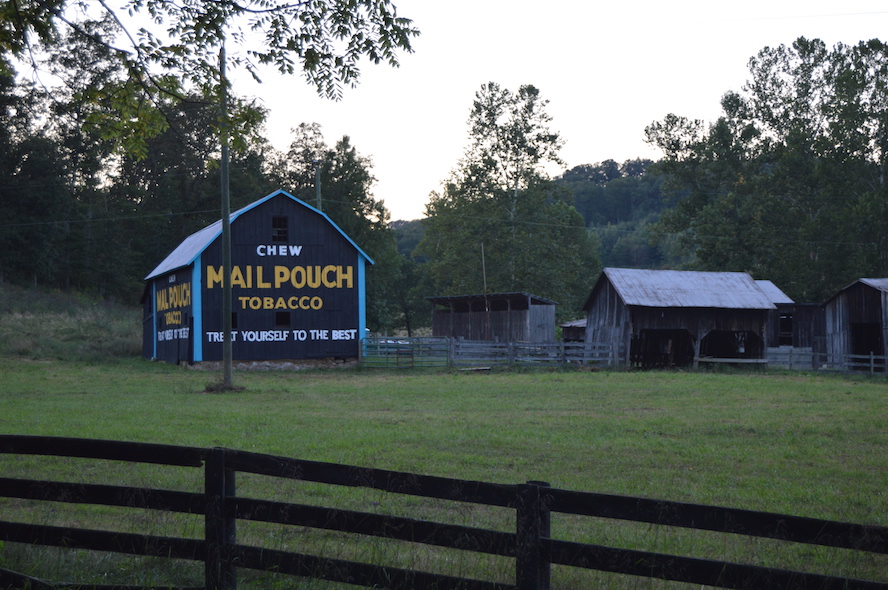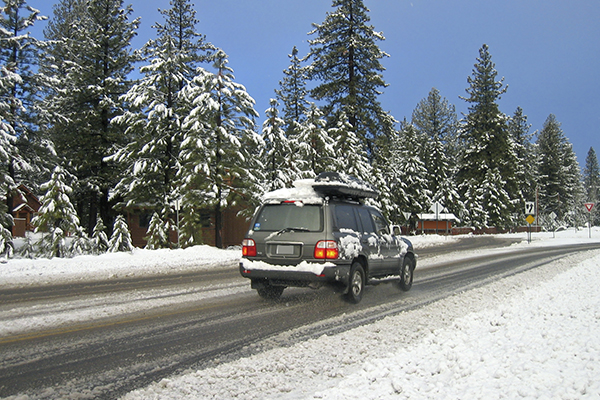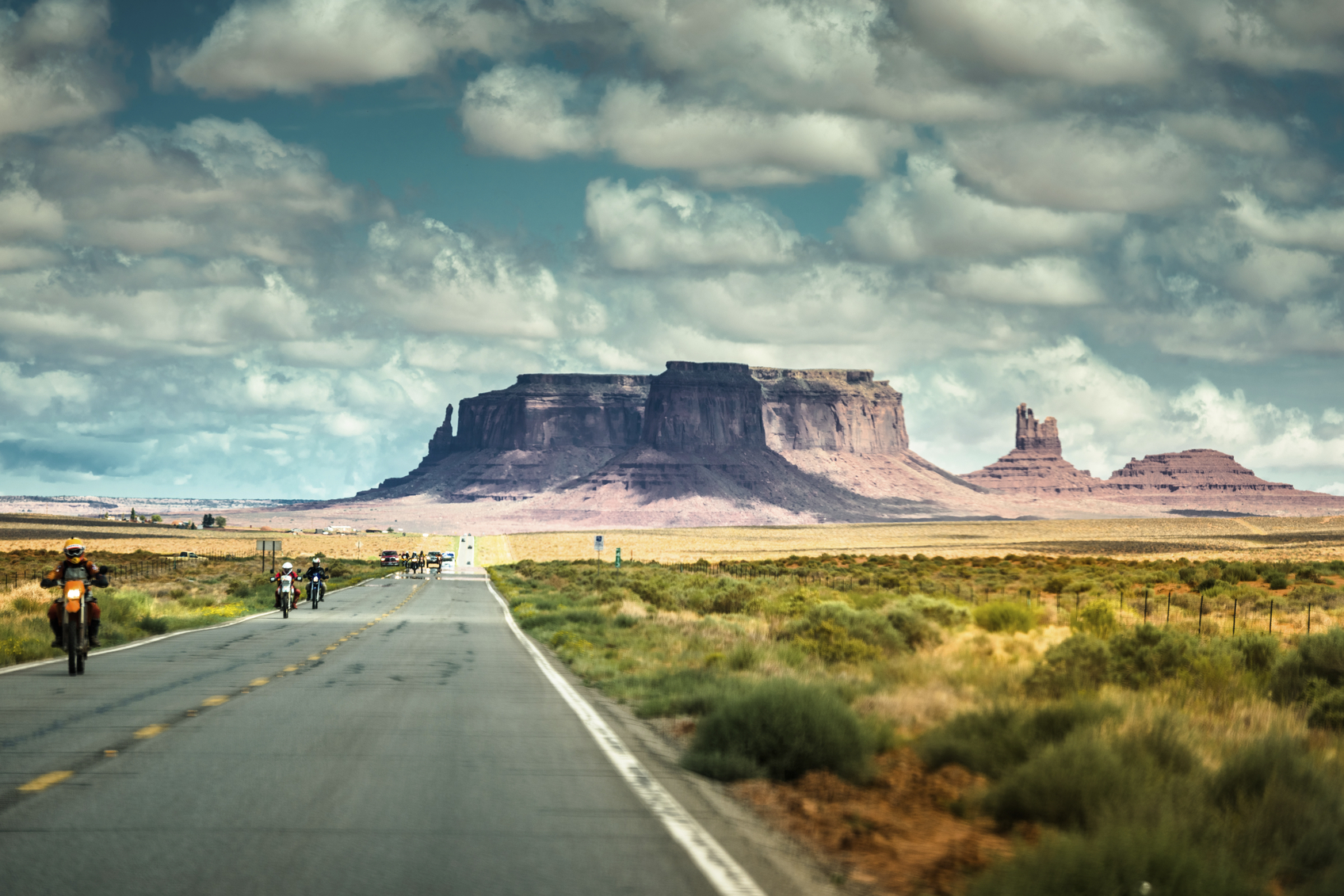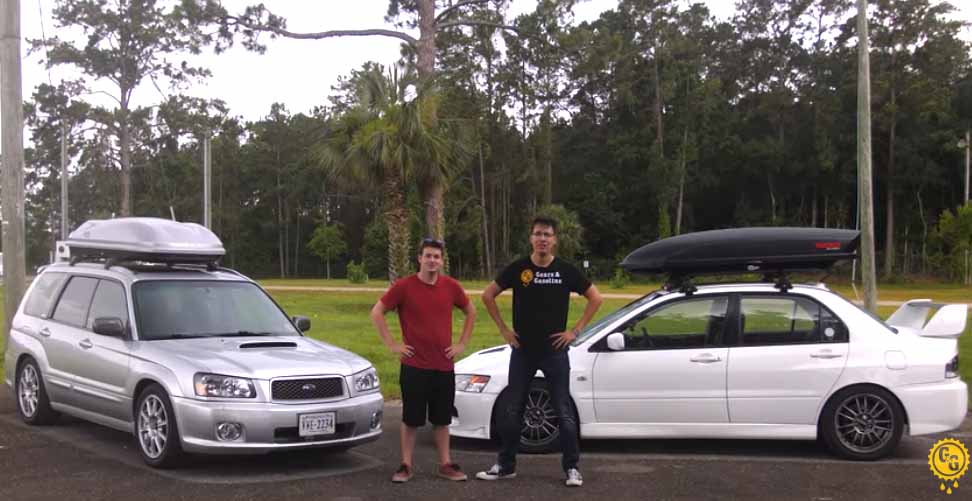Ever taken a back road to avoid traffic or the superhighway? If so, then you just shunpiked. According to Merriam-Webster, shunpike is defined as “a side road used to avoid the toll on or the speed and traffic of a superhighway." The term goes back as far as the early 19th century, when shunpikes were built for the deliberate purpose of avoiding toll roads across the northeast from New Jersey to New Hampshire.
Around 1810, to avoid the toll charge on the recently completed Hampton Causeway Turnpike, the residents of Hampton Falls, NH, built a separate bridge and road over the Taylor River a bit west of the new highway. (Ironically, the once toll-charging road, now known as U.S. Route 1, or Lafayette Road, is free today and used frequently as a shunpike by vacationers to avoid tolls on adjacent Interstate 95 .)
The roads don't have to have been built specifically as shunpikes, though; the practice starts as soon as you exit the highway. Neil Peart, the drummer and lyricist for rock band Rush, has written extensively online of his shunpikes throughout Europe in between tour stops. His definition of shunpiking? “Roads no one travels on unless one lives on them," according to one post
Backroads to history and nature
Some shunpikers take the practice more seriously than others. Former IT specialist Joann Ringelstetter and her sister drive thousands of miles per year through the backroads of her native Wisconsin and other Midwestern states, photographing historical and off-the-beaten-path sites.
Her impressive mileage is only matched by her prolific photography. In the last trip she drove 2,100 miles through rural Ohio and Indiana and came back with 2,700 photographs of everything from cobblestone barns and old mills to covered bridges and abandoned churches—all shot on her Canon 5D Mark II with a variety of Tamron lenses.
Ringelstetter also writes the Shunpiking to Heaven Backroads blog, where she uploads her on-the-road photography. “There's just something that feeds my soul standing in front of these old buildings."Soul-soothing, serenity, and escape from the daily modern grind are common themes among avid shunpikers, and man-made stopovers aren't the only lure for taking the next exit off the superhighway.“I only take highways when it hastens my journey to a more rural, beautiful place, where the ratio of nature to people is heavily skewed toward nature," says "Living the Remote Dream" author Darren Murph, who has shunpiked through all 50 states. “Turnpikes and toll roads tend to be severely congested. I've found that my soul is in a much happier place when I take the less beaten path."

Union Township mail pouch barn, Source | Nyttend/Creative Commons
How to start shunpiking
Plan your detour ahead
Digital maps: The easiest and quickest way to find alternate roads along your route is to simply load Google Maps, enter your destination, click on “Directions," then check “Avoid Toll Roads" and “Avoid Highways" under “Route Options" in the upper-right-hand corner drop-down menu.
This guarantees a highway-free drive but won't necessarily guide you down the most scenic or stopover-filled route, or a route that takes into account your personal preferences or specific stops. For more custom drives, you have two options: Manually add each pre-planned tourist site or lookout point as a stopover on your route, or use the cursor on your computer to drag and drop modifications on the blue lines highlighting Google Maps routes. Either way, you can save and send your completed custom map to your phone and use it there.
Traditional maps: Traditional trip-research methods come in handy for those who like to know where they're going and plan itineraries accordingly. Physical road maps generally indicate the scenic routes and are always a good bet (Rand McNally also offers digital versions of its maps for mobile devices).
Quirky stopovers: Besides relying on small-print-run books such as Jerry Apps' Barns of Wisconsin, Ringelstetter and her sister, who does most of the research for the trips, visit the National Register of Historic Places website, as well as the Facebook pages of local historical societies for the skinny on existing and endangered sites. There's also Atlas Obscura, a site devoted to esoteric and quirky tourist destinations across the globe.
Slower is better, unless you're stuck in traffic
Part of the pleasure of shunpiking is slowing down and letting yourself discover what's along the way, so lots of planning isn't always necessary, especially when you're commuting. “I hate sitting in traffic, so I often just exit the highway even when I'm going to or coming back from work," says Garrett Eastman, who lives in Waltham, Mass. “I know that I'll eventually get some place if I follow the general direction and the road is going somewhere."
Eastman says he's made many discoveries as an adult just by getting off the highway, such as quaint colonial town squares and the emergence of seasons. “Driving can be so numbing, and we get in these mental ruts, going the same route every day," he says. “Anything that can shake that up and make something look new can reap a lot of benefits."
It's also a great alternative for business travelers who are tired of airport security hassles, delays, and other indignities of air travel these days. Mark Smotroff, a communications consultant who travels frequently between his base in San Francisco and Los Angeles, is one such business shunpiker. “I now drive the 'slow' route down Highway 101 instead of Interstate 5," he says. “I plan ahead and make it a two-day journey to get down there, usually stopping in San Luis Obispo or Santa Barbara—both lovely towns. Sure, it's slower, but it's also much less stressful."
Source | Canewsom/Creative Commons
The best roads less traveled
California backroads tend to make it to the top of many a shunpiker's favorite drives lists, especially the roads north of San Francisco. “Highway 101 from Northern California to Washington state is one of my favorites because the coastal sections and the pieces that run through the Redwoods are mind-blowing," says Murph.
“My wife and I took it on an anniversary road trip all the way up to Seattle and put over 3,500 miles on the rental, and we barely touched a highway. I think we ended up with 1,000 'keeper' photos." Murph also counts Highway 12 in Utah among his favorites. Ringelstetter highlights the National Road (Route 40) in Ohio, the Lincoln Highway, and Route 66 in Illinois and Missouri. “We've found some really historic stuff there," she says.
And shunpiking isn't limited to the United States. Tolls in Europe, for example, are about four or five times the price of stateside ones, making the practice a real money saver. “Shunpiking in Europe is generally more extreme than in North America, mainly because of the greater number of single-track roads available, although North America has far more unpaved roads," writes Pert, a motorcycling shunpiker, on his blog. “The other big difference shunpikers enjoy in Europe is the destinations. In North America, it is unusual for a fabulous ride to lead to a fantastic destination, save perhaps in the national parks, but in the Old World, luxurious accommodations with fine restaurants are an attraction in themselves."
Ultimately, no matter where you take that exit off the highway, you're going to have a more fun and relaxing journey on the shunpike. “We live in such a fast-paced world," says Ringstetter. “Shunpiking is the antidote to the stresses of modern life. Slow down and take your time. It's about the journey, not the destination."
Are you a shunpiker? Spill the secret of your favorite route in the comments below.








